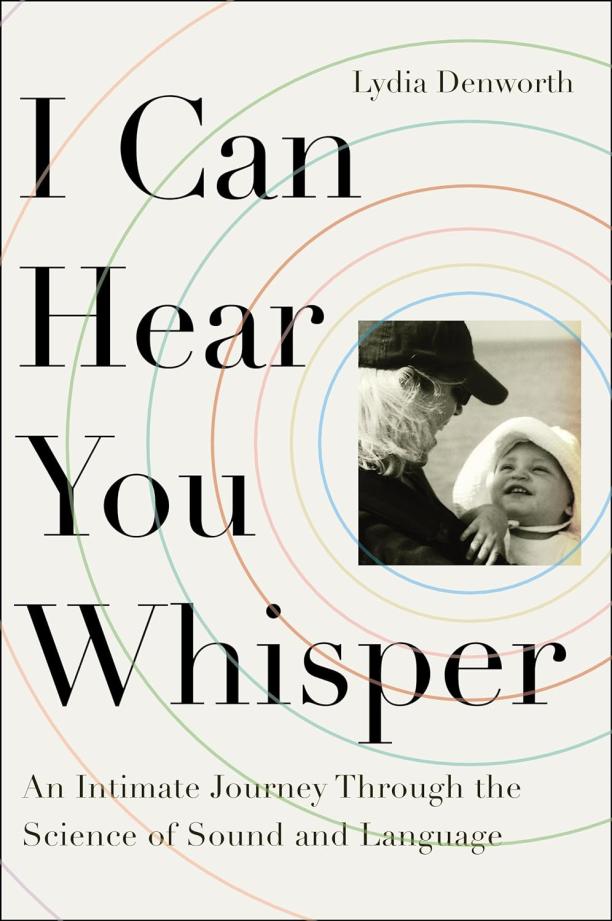Summaries of books about Science & Math:

Hidden Figures Teaching Guide
Teaching Guide and Sample Chapter
Margot Lee Shetterly|Kim Racon
The guide provides educators with resources and strategies for teaching the story of the African American women mathematicians who played a crucial role in NASA's space program, as detailed in the book "Hidden Figures." It includes a sample chapter from the original text, discussion questions, curriculum connections, and activities to engage students with the historical content.
See full summary

I Can Hear You Whisper
An Intimate Journey through the Science of Sound and Language
Lydia Denworth
The book explores the author's personal journey with her deaf son, examining the neurological and scientific aspects of how humans learn to communicate through sound and language. It delves into the latest research on hearing, language acquisition, and the impact of cochlear implants on the deaf community.
See full summary

Mirroring People
The New Science of How We Connect with Others
Marco Iacoboni
The book explores the concept of mirror neurons, brain cells that enable empathy and understanding by reflecting the actions and emotions of others. It delves into the implications of this discovery for our understanding of human connection, communication, and social behavior.
See full summary

A Crude Look at the Whole
The Science of Complex Systems in Business, Life, and Society
John H. Miller
The book explores the concept of complex systems, examining how components interact within various contexts such as economics, social networks, and ecosystems. It delves into the implications of complexity theory for understanding and managing intricate systems in everyday life and organizational settings.
See full summary

A World Without Ice
Henry Pollack
The book explores the crucial role that ice plays in global ecosystems and climate regulation, examining the history of ice on Earth and the dire consequences of its accelerated melting due to human activity. It presents scientific evidence of climate change, discusses the impact of diminishing ice on sea levels, weather patterns, and biodiversity, and urges immediate action to mitigate the crisis.
See full summary

Adam's Tongue
How Humans Made Language, How Language Made Humans
Derek Bickerton
The book explores the evolution of language, arguing that the human capacity for language developed as an adaptation for dealing with complex social and environmental challenges. It discusses the interplay between language and human evolution, suggesting that the development of language was a pivotal step in making humans the dominant species on Earth.
See full summary

Felt Time
The Psychology of How We Perceive Time
Marc Wittmann
The book explores the concept of subjective time perception, examining how individuals experience the passage of time differently based on emotional states, attention, and various psychological factors. It delves into the neuroscience behind our temporal experiences and discusses the implications of time perception on our daily lives, decision-making, and sense of self.
See full summary

Decoding the World
A Roadmap for the Questioner
Po Bronson|Arvind Gupta
The book explores the intersection of technology, biology, and business, offering insights into how these fields are converging to shape the future. It presents a series of thought-provoking questions and narratives that challenge readers to think about the world's most pressing problems and the innovative solutions that could address them.
See full summary

The Gap
The Science of What Separates Us from Other Animals
Thomas Suddendorf
The book explores the cognitive and behavioral differences between humans and other animals, examining the evolutionary developments that have led to human uniqueness, such as language, future planning, and theory of mind. It delves into the scientific quest to understand these gaps and discusses the implications for our relationships with other species and our understanding of ourselves.
See full summary

The Biological Mind
How Brain, Body, and Environment Collaborate to Make Us Who We Are
Alan Jasanoff
The book challenges the conventional view of the brain as an isolated entity, arguing instead that it is deeply integrated with the body and environment, influencing and being influenced by a myriad of factors outside the skull. It explores the interplay between our neural circuits and our personal experiences, social interactions, and physical surroundings, presenting a holistic view of the mind's functioning.
See full summary